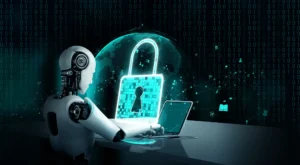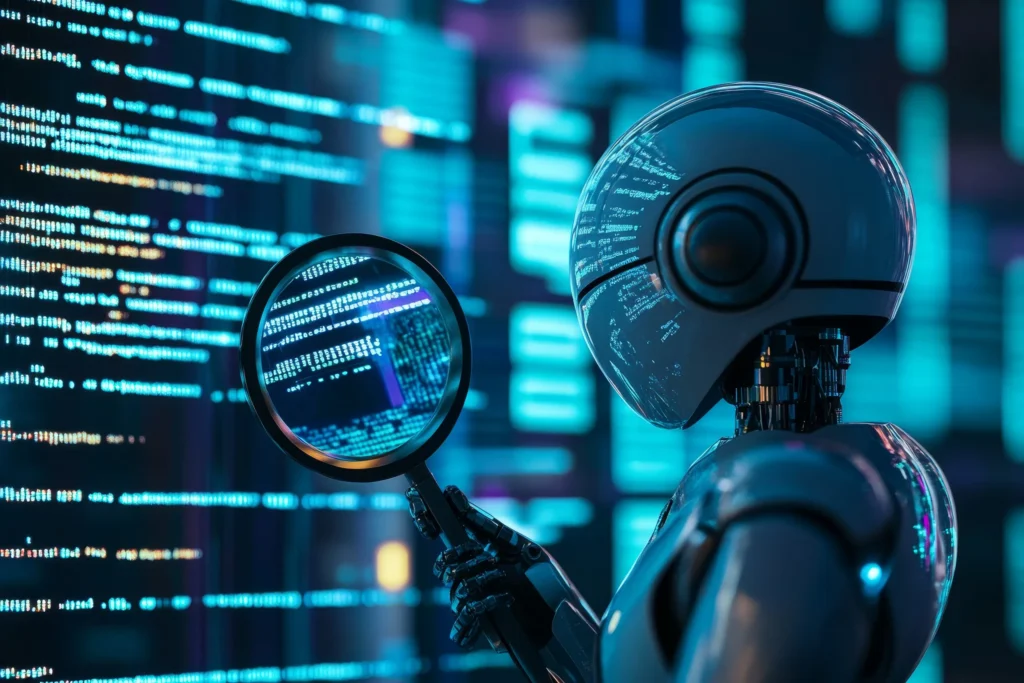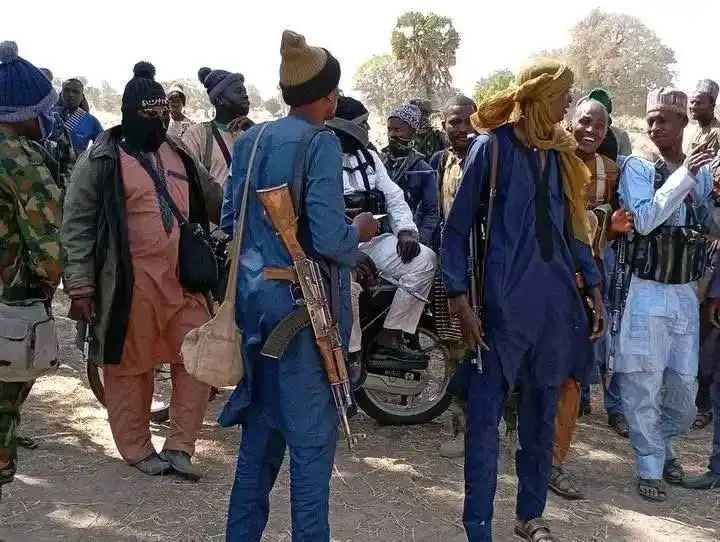While AI offers newfound convenience and inspiration, critics argue that many generative models operate by pulling from vast databases of existing works—raising the question: is AI creating or imitating?
Artists and authors have voiced concern that these platforms mimic existing styles too closely, potentially devaluing original human-made work. Since AI models are trained on publicly available data—including copyrighted text and images—questions about authorship, attribution, and fair use have ignited intense legal and ethical scrutiny.
Legal Battles and Intellectual Property Tensions
The copyright debate intensified in 2023 as multiple lawsuits were filed against AI developers. Authors, photographers, and visual artists alleged that their content had been used to train AI models without consent or compensation. Legal experts are now grappling with complex questions, such as:
-
Who owns AI-generated content?
-
Can AI be credited as an author or inventor?
-
Is training on copyrighted data a form of infringement?
Some courts and governments are now seeking to clarify ownership laws surrounding machine-generated content, while others are advocating for new copyright frameworks that account for the role of human input in prompting AI tools.

Industries React: Embrace or Regulate?
Across sectors, reactions to AI tools vary widely. Some companies are embracing the technology as a cost-saving and productivity-enhancing solution, integrating AI into everything from scriptwriting and video editing to product design and music composition.
Meanwhile, others are calling for stricter regulations and ethical oversight. Creative professionals, unions, and advocacy groups are pushing for transparency in how AI is trained, clearer labeling of AI-generated content, and protections for original artists and writers.
For example, the Writers Guild of America has negotiated terms that limit AI’s role in script creation, while design platforms like Adobe have implemented AI content disclaimers and opted for training datasets with verified licenses.
A New Paradigm for Creative Collaboration
Despite the controversy, many creatives are choosing to view AI not as a threat, but as a collaborative tool. Some describe ChatGPT as a co-writer or editor, while others compare Midjourney to a digital paintbrush guided by human imagination. When used responsibly, AI can reduce production time, enhance brainstorming, and bridge skill gaps, allowing creatives to experiment across formats they might not otherwise access.
Artists, educators, and technologists are now exploring hybrid workflows—blending human intuition with machine precision—to produce innovative works in literature, film, fashion, advertising, and even architecture.
The Future of Creativity in an AI-Driven World
As AI-generated content continues to flood digital platforms, the challenge lies in balancing creative empowerment with legal clarity. Governments, companies, and creators will need to work together to define the rules of authorship, protect artistic integrity, and ensure AI development respects human originality.
Whether AI becomes the ultimate muse or a disruptive force, its growing presence is reshaping how we define art, authorship, and innovation in the digital age.






